Lighting up the Penguin Parade
Phillip Island Nature Parks required a solution to replace the weathered and rusted lighting poles for the fairy penguin parade. The solution had to factor in:
Wildlife
The fairy penguins and all other protected wildlife could not be disturbed and certain areas around the poles could not be traversed as they contained nesting burrows.
Location
Being located right on the beach, meant the dunes and sand would make it difficult to manouver vehicles. There was also minimal access to the beach front, only allowing access for small vehicles but making it impossible for cranes and heavy lifting equipment to get in.
Nightly parades
2,000 people visit the parade each night. During the preparation and execution there could be no disturbance to the tourism programme.
Weather
The conditions in the area were often windy and rainy, making it almost impossible to prepare for the works.
Staging area
It wasn't practical to work on the beachfront due to the environment and tourism activities. A suitable area had to be selected where we could work safely without disturbing anything.
Cabled planned, facilitated and executed the installation of the poles by aerial lift (helicopter). After 3 months of detailed planning and preparation, we executed the project in only 1 day to avoid disrupting the penguins' habitat or the tourism programme.
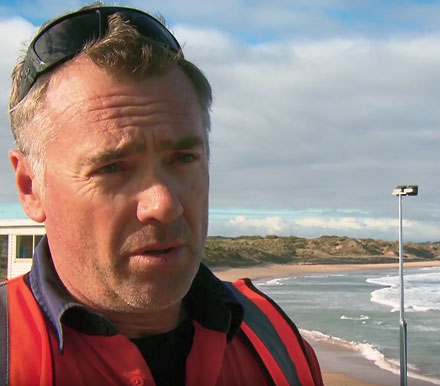
"They were working fast, but certainly safety wasn't compromised at all. Cabled gave me confidence. They were smart, they had specific ideas about how they would get the job done. Their ideas made sense, and as I got working with Alain, while he was coming down here and doing a lot of preparation work, I realised I had made a good choice, choosing CABLED, and today has been clockwork"
- John Evans, Operations Manager,
Phillip Island Nature Parks
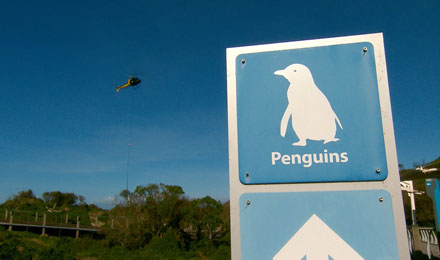
2,000 people visit the parade each night. During the preparation and execution there could be no disturbance to the tourism programme.

It wasn't practical to work on the beachfront due to the environment and tourism activities. A suitable area had to be selected where we could work safely without disturbing anything.
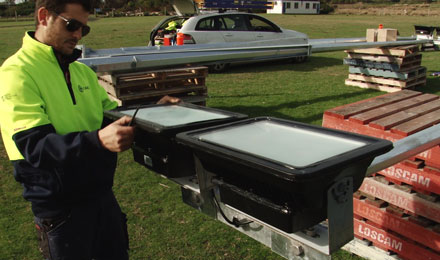
The poles were manufactured in Sydney and sent to site. Upon arrival we began our preparations.

Part of our due diligence is taking measurements to ensure that the poles would fit to the existing ragbolt assemblies. We found that the poles were manufactured to a different bolting pattern.

The pole manufacturer had made a mistake, so we were approved by both the manufacturer and Phillip Island Nature Parks to modify each pole to ensure a safe fit.
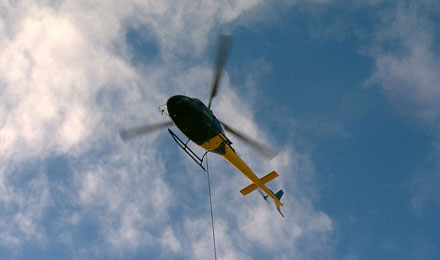
Cabled investigated multiple installation methods, including cranes, spider excavators, manual installation and aerial lifting. This included extensive research to learn the pros and cons of each installation method, ensuring the perfect solution was delivered.
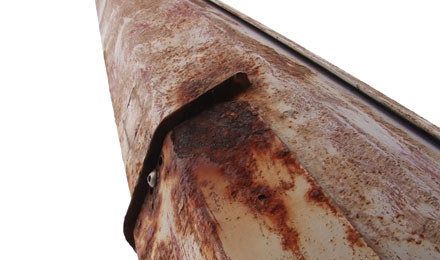
The old poles were considerably rusty due to the salt water and not only looked horrible but could have been a safety issue.
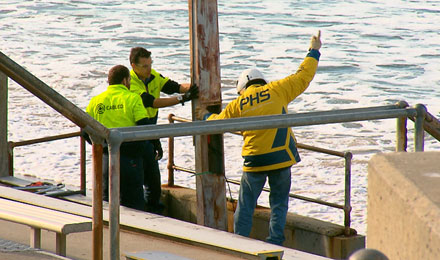
The old lights had to all be very carefully removed by helicopter and safety was our highest priority at all times.
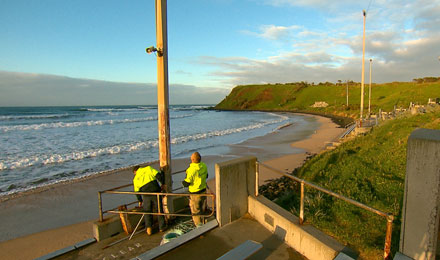
We had to work quickly and had no margin for error as the whole job needed to be completed before sunset.
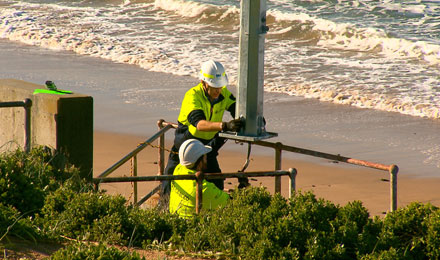
Broach cutting drills and oxy acetylene torches were used in the modification of the poles.
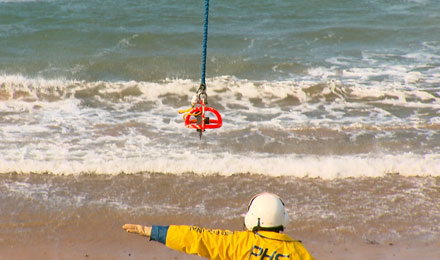
Cabled provided the solutions for the entire project. Our collective experience was essential to the safe and successful delivery of the solutions we provided.

We pre-lubricated and loosened fastening bolts before the installation date to ensure the helicopter would be able to lift the poles safely and easily.
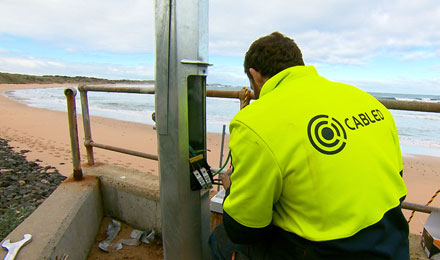
We pre-wired the poles, installing new electrical wiring and protection systems in accordance with Australian wiring standards AS3000:2007.

The entire works were completed in time for the evening's fairy penguin parade, which proceeded without disruption.
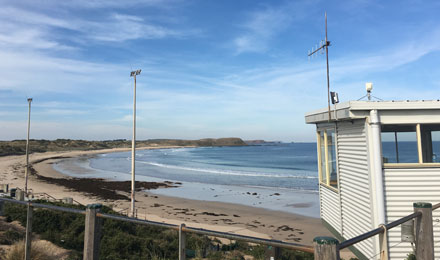
The project was a huge success.
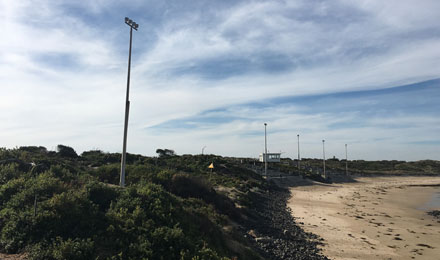
The project was a huge success.

The penguin parade now benefits from energy efficient LED lighting that doesn't disturb the penguins nesting habits.
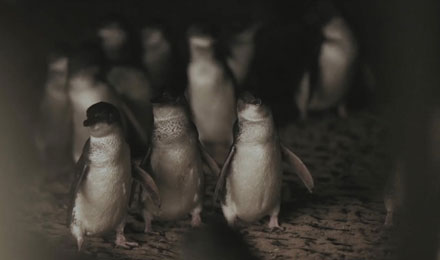
The penguins and other protected wildlife can live their lives as normal and can be easily viewed by 2,000 tourists per night in an unobtrusive way thanks to this well implemented project.